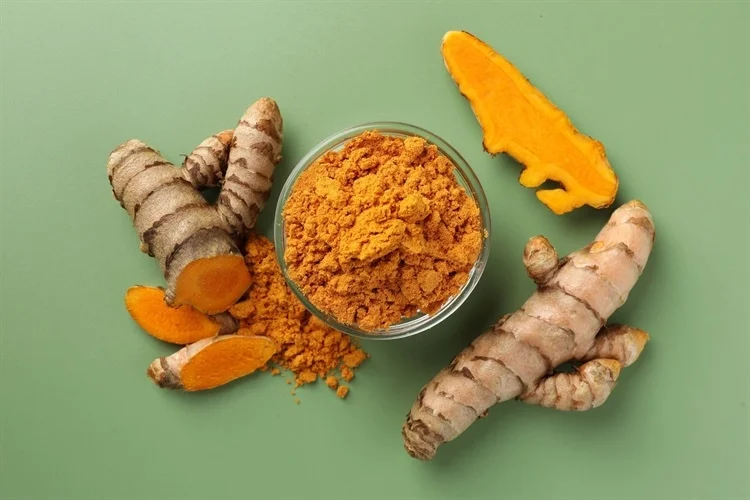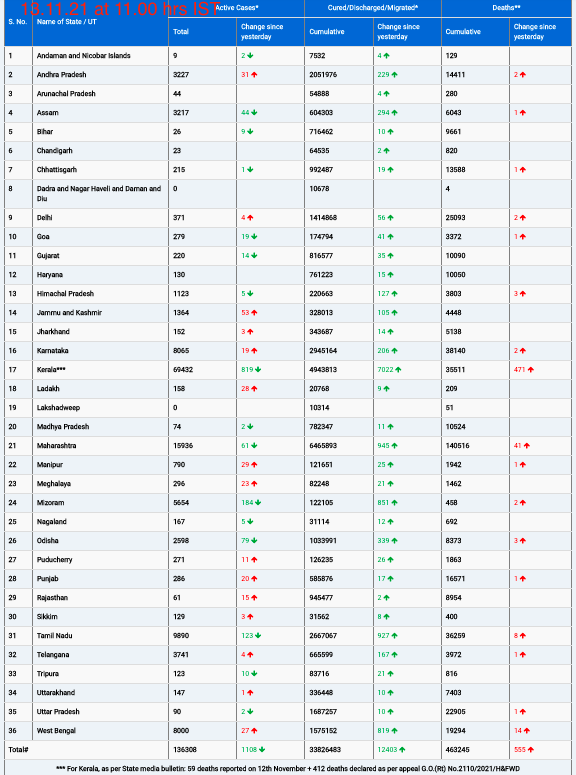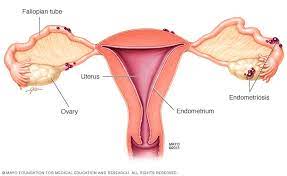In a recent review published in BDJ Open, researchers have highlighted the potential of curcumin (CUR) in preventing and treating oral submucosal fibrosis (OSF), a chronic and precancerous condition prevalent in various regions, particularly in parts of China, with over five million cases reported worldwide.
Understanding Oral Submucosal Fibrosis
OSF is characterized by progressive fibrosis of the oral mucosa, often linked to the cultural practice of betel nut chewing. The compound arecoline, found in betel nuts, contributes to inflammatory and fibrotic changes in the oral mucosa, heightening the risk of progression to oral cancer. The pathogenesis of OSF involves multiple cellular mechanisms, including oxidative stress, inflammation, and altered collagen metabolism. Patients typically exhibit reduced levels of collagen-degrading enzymes and elevated levels of tissue inhibitors, leading to the accumulation of fibrous tissue.
Current treatment options, including surgical interventions and glucocorticoid injections, often result in limited success and discomfort for patients. Thus, non-invasive alternatives like CUR, known for its anti-inflammatory and anti-fibrotic properties, offer a promising avenue for further exploration.
Mechanisms of Curcumin Against OSF
Curcumin, a polyphenol extracted from turmeric, is renowned for its anti-tumor, anti-inflammatory, antioxidant, and anti-fibrotic properties. Its low toxicity and multi-faceted action make it an attractive candidate in both traditional and modern medicine.
- Autophagy Regulation: Curcumin influences cellular autophagy, which supports tissue homeostasis and limits fibrosis progression. In models of fibrosis, CUR has been shown to enhance autophagy and inhibit epithelial-mesenchymal transition (EMT), a critical process in fibrosis development.
- Inhibition of Fibroblast Activation: CUR directly inhibits the activation and proliferation of fibroblasts, crucial drivers of OSF. In the presence of CUR, activated buccal myofibroblasts (BMFs) show reduced growth and migration, with higher concentrations leading to cytotoxic effects. Additionally, CUR disrupts the production of fibrosis-associated proteins, which are integral to fibrotic tissue development.
- Antibacterial Properties: Recognized by the FDA as a safe food additive, CUR possesses antibacterial properties against pathogens like Staphylococcus aureus. This could help manage secondary infections in OSF patients, potentially reducing oral bacterial loads.
- Anti-inflammatory and Anti-tumor Effects: CUR regulates proteins involved in inflammation and cell death, blocking critical pathways that may contribute to malignant transformation in OSF. By modulating these pathways, CUR alleviates symptoms and reduces the risk of progression to oral cancer.
- Antioxidant Activity: CUR’s ability to neutralize free radicals reduces oxidative stress, enhancing its appeal as a natural therapeutic agent against chronic conditions associated with oxidative damage, including OSF.
Clinical Applications of Curcumin in OSF Treatment
Research indicates that systemic administration of CUR can be safe, with no reported toxicity at doses of up to six grams daily for several weeks. However, the low bioavailability of CUR poses challenges. Novel formulations like Turmix, which combines CUR with piperine, improve its bioavailability and have shown promise in alleviating OSF symptoms.
Localized administration methods, such as mouthwashes, gels, and mucoadhesive patches, are gaining traction for OSF treatment. These methods allow CUR to bypass first-pass metabolism, delivering higher local concentrations with fewer systemic side effects. Innovations in CUR-loaded nanoparticles further enhance solubility, making it a versatile option for localized treatment in OSF.
Conclusion
Curcumin presents a promising non-invasive approach for treating OSF, with its anti-inflammatory, antioxidant, and anti-fibrotic effects targeting critical cellular pathways involved in fibrosis. Continued research is essential to optimize CUR protocols and improve patient outcomes in the fight against oral submucosal fibrosis.
Journal Reference:
She, R., & Xu, P. (2024). Mechanism of curcumin in the prevention and treatment of oral submucosal fibrosis and progress in clinical application research. BDJ Open. doi:10.1038/s41405-024-00268-7












